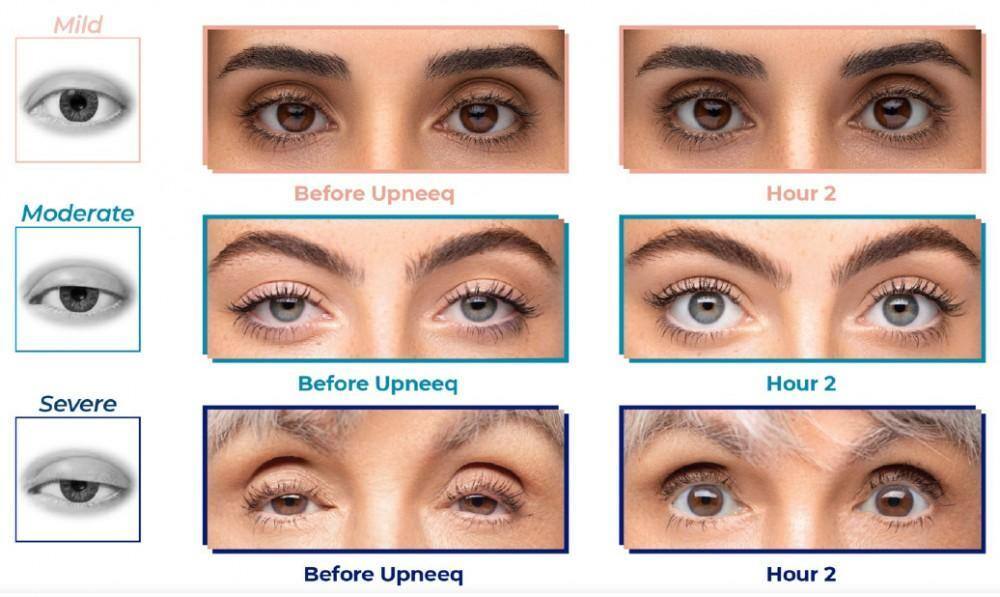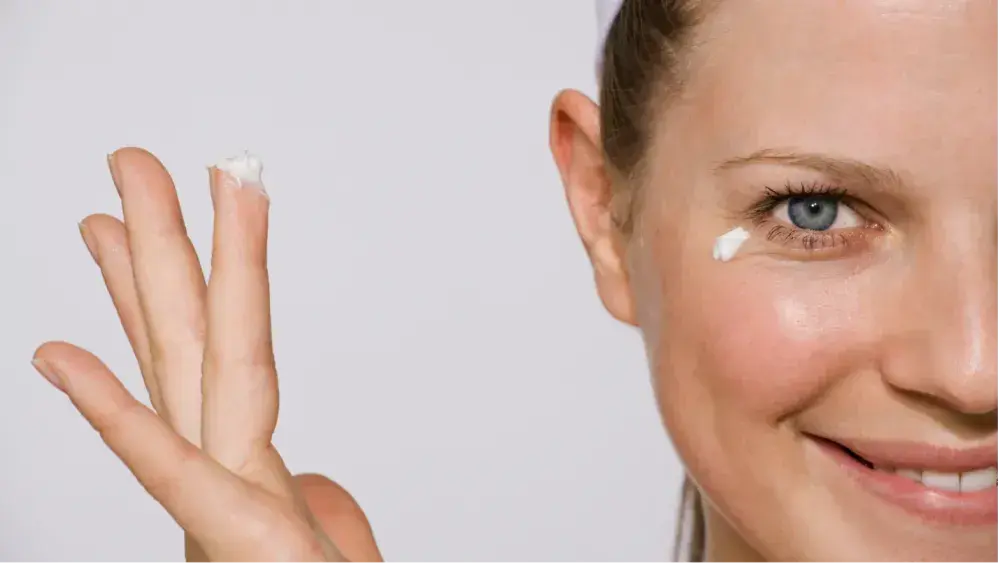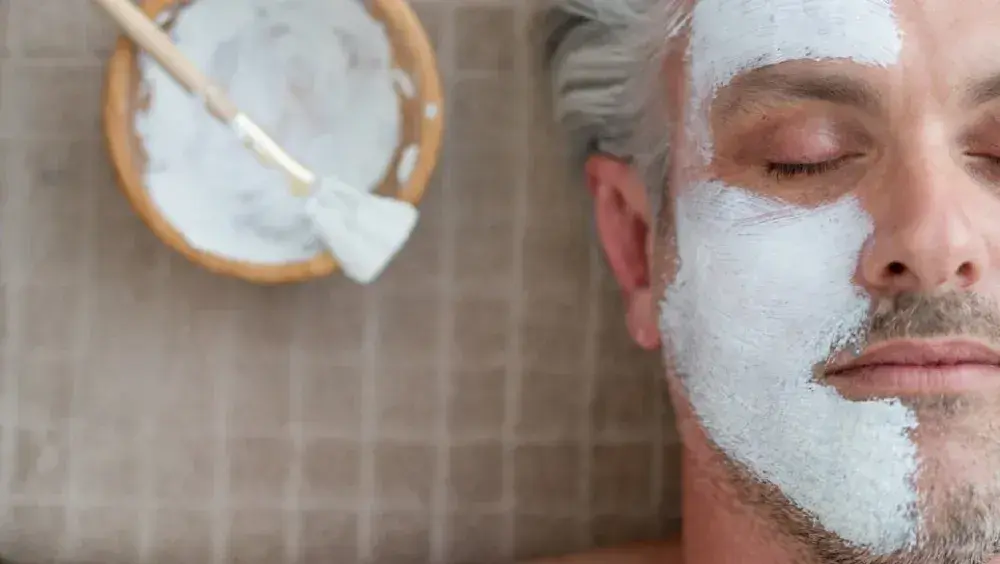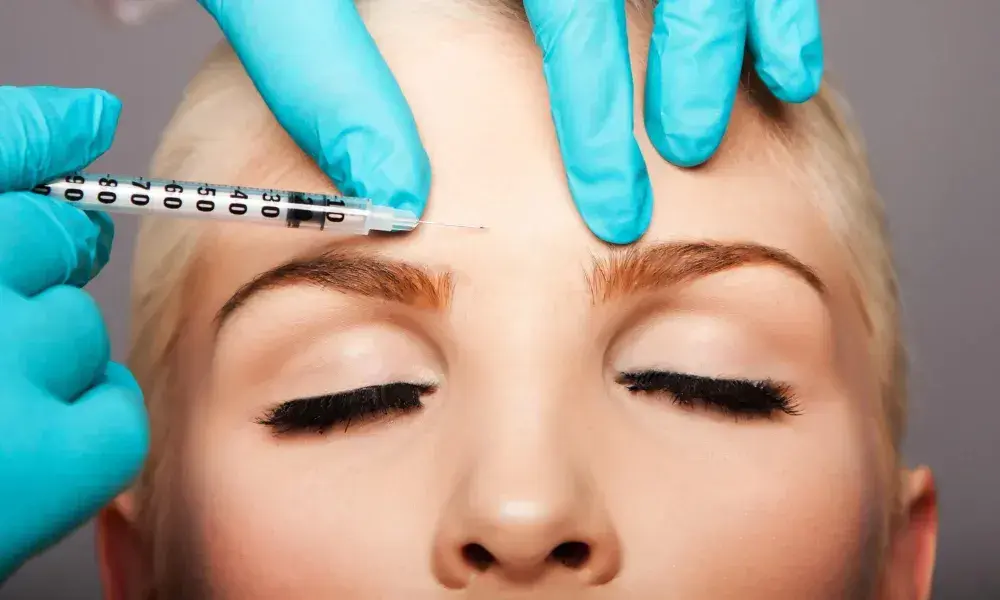2 min read
Why Are My Eyelids Drooping and How Can I Treat It?
Garcia Weight Loss
:
Jul 27, 2022 12:00:00 AM
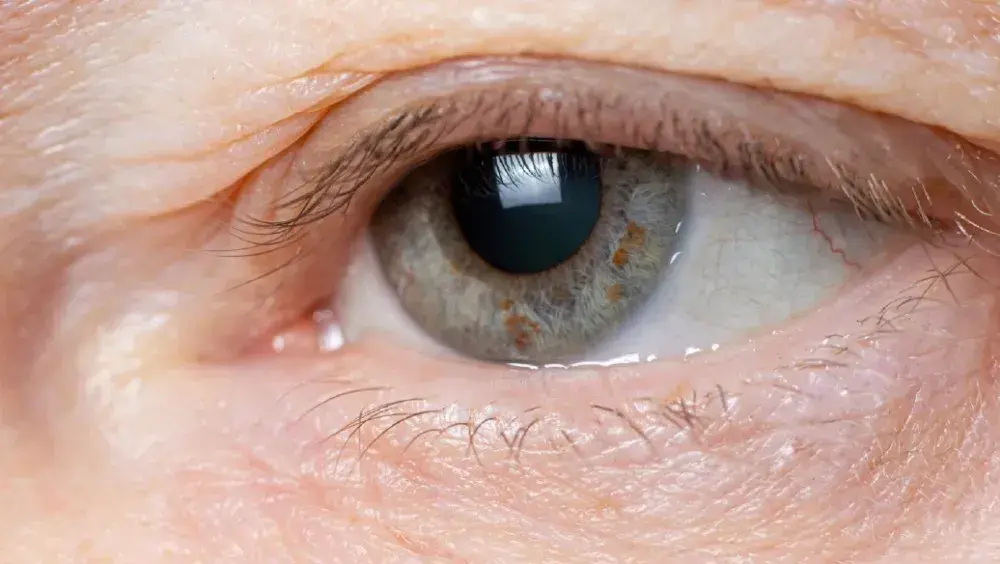
/assets/images/provider/photos/2580988.jpg)
Are your eyelids starting to give you issues? Day after day, year after year, do you continue to see your upper eyelids take over your eyes and possibly even your vision? This could be a sign of acquired ptosis.
What is Ptosis?
Ptosis, (pronounced toe-sis), also known as blepharoptosis, is the drooping of the upper eyelid. Depending on the severity, the lid can droop only slightly, or it may cover the pupil entirely.
What Causes It?
Ptosis or droopy eyelids can appear in two ways, at birth or as an adult.
Children born with ptosis have congenital ptosis, which can be caused by problems with the muscle that lifts the eyelid (levator muscle). This is sometimes associated with other eye-related problems from birth like eye movement issues.
Adults usually acquire ptosis when the levator muscle begins to stretch or separate away from the eyelid. This can be a result of aging, eye injury, tumor, or even a cataract.
Acquired ptosis happens to millions of people each year, many of whom don’t even realize it. Primarily, this occurs with people over the age of 40 and only 15% of them end up being diagnosed with the condition.
Is it Serious/Dangerous?
Generally, acquired ptosis or droopy eyelid isn’t dangerous until it begins to impair your vision. Droopy eyelids can affect your eyesight not only by blocking your vision but also by reducing your field of vision. This can interfere with some day-to-day activities like driving, reading, even using the computer, or watching tv.
How Do I Know If I Have It?
There are different levels and extremities of ptosis, mild, moderate, and severe.

It is important to get professionally checked by your ophthalmologist or primary physician before receiving treatment for ptosis.
Does It Require Surgery?
Some severe forms of ptosis may require surgery to the upper eyelid in order to lift the levator muscle, but this may not be the case for everyone. If you’re looking for a non-surgical option before jumping into surgery, try Upneeq.
What is Upneeq?
Upneeq contains oxymetazoline, an alpha-adrenergic agonist that triggers the levator muscle, causing the muscle to contract and raise the upper eyelid.
It is completely safe to use when administered as instructed. To gain FDA approval, Upneeq showed effectiveness in two 6-week trials that followed 304 patients with acquired blepharoptosis.
Interested in Upneeq? You can pick it up at a Garcia Aesthetics location. Visit our website or give us a call at any one of our locations to learn more.
